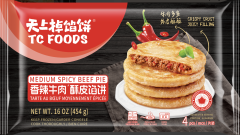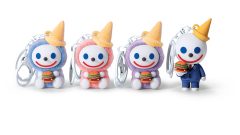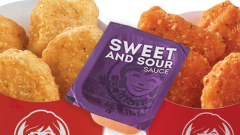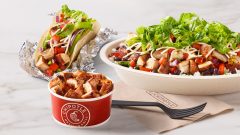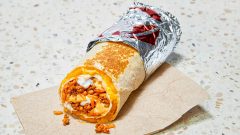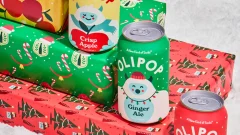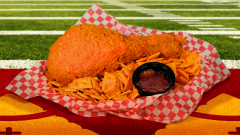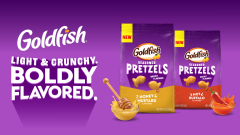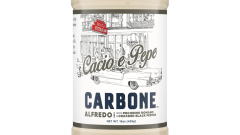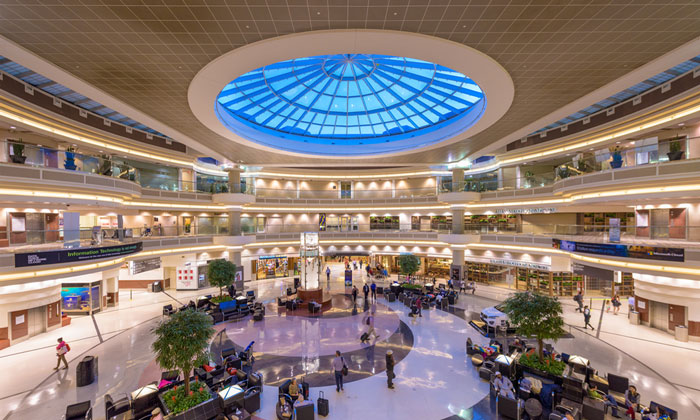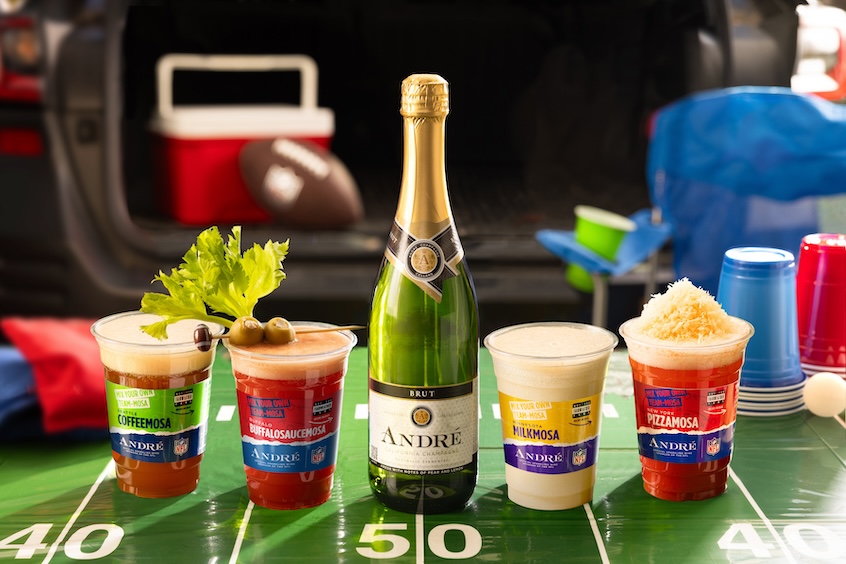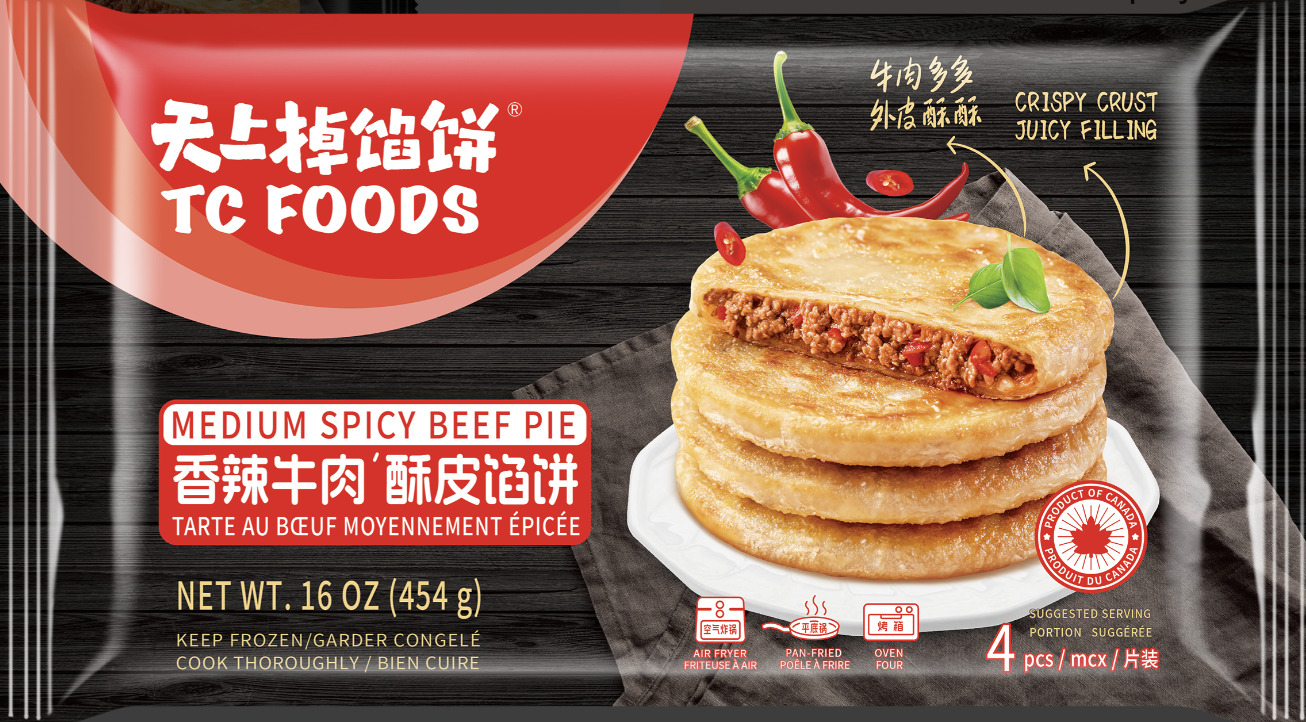15 Fun Facts You Probably Never Knew About Chocolate
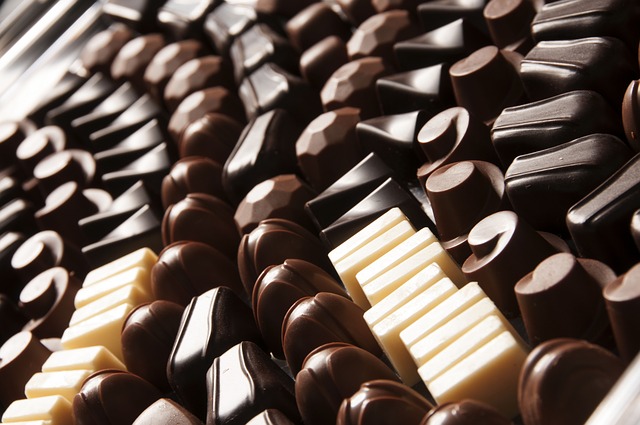
If you have a stash of Hershey’s kisses in your bedside table or do thorough research on which dark chocolate is best for your heart, then you probably consider yourself a chocolate aficionado – or, at least, a super fan. But how much do you really know about the melt-in-your mouth candy we all adore or the ancient bean from whence it came? We’re about to find out. Here are 15 things you probably didn’t know about chocolate.
It’s technically a vegetable
Milk and dark chocolate come from the cacao bean, which grows on the cacao tree (Theobroma cacao), an evergreen from the family Malvaceae (other members of the family include okra and cotton). This makes the most important part of the sweet treat a veggie. Eating your daily vegetables just got a whole lot easier.
White chocolate isn’t really chocolate
Sorry, white chocolate lovers. Since this extra-sweet variety doesn’t contain cocoa solids or chocolate liquor, it isn’t chocolate in the strict sense. However, it does contain parts of the cacao bean — mainly cocoa butter — so that counts a little bit.
Cacao was once used as currency
The cacao bean is native to Mexico, Central America, and South America. Archeologists say the ancient inhabitants of these areas started cultivating the bean as far back as 1900 BCE and that the valuable bean was used as currency in the Aztec society. Cacao beans would be traded for luxury items like jade and ceremonial feathers, or everyday items such as food and clothes.
Most cacao beans are now grown in Africa
Despite its Central American roots, nowadays most cacao (nearly 70% of the world’s supply) comes from Africa. The Ivory Coast is the largest single producer, providing about 30 percent of all the world’s cacao.
Napoleon loved chocolate
The French leader demanded that chocolate be made available to him and his senior advisers even during intense military campaigns. He was famously known to choose chocolate over coffee when he worked late at night, often enjoying the sweet until 2 or 3 a.m.
Milk chocolate was invented almost 4,000 years after chocolate was first cultivated
The Mayans and Aztecs were enjoying the bitter cacao bean long before the dawn of modern society, but that “chocolate” is nothing like a Hershey bar you’d go pick up at the store. The most popular chocolate in the modern world (although its darker counterpart has become extremely trendy recently) is milk chocolate – however, this wasn’t invented until 3,600 years after ancient civilizations started enjoying cacao.
Swiss chocolatier Daniel Peter created the tasty treat in 1875 after eight years of trying to make his recipe work. Condensed milk ended up being the key ingredient he was missing.
The invention of the first chocolate bar started a manufacturing empire

Credit: Flickr
In 1847, British chocolate maker Joseph Fry found a way to mix the ingredients of cocoa powder, sugar and cocoa to manufacture a paste that could then be molded into a chocolate bar unlike anything the world had seen before. Demand was immediately high, and the Fry Chocolate Factory in Bristol, England began pumping out the bars. In the following decades, over 220 innovative chocolate products were introduced to the masses, including production of the first chocolate Easter egg in UK in 1873 and the Fry’s Turkish Delight (or Fry’s Turkish bar) in 1914. In 1896, the firm became a registered private company and was run by the Fry family, with Joseph Storrs Fry II, grandson of the first Joseph Storrs Fry, as Chairman.
Hot chocolate was the first chocolate treat
But, to be fair, it wasn’t quite the frothy, delicious drink we know today. The OG hot chocolate was an Aztec invention called xocolatl, which means “bitter water.” The drink was made with cacao beans, vanilla, and chili peppers and was thought to help battle fatigue. When Columbus and his men brought cacao beans back to Europe, sugar was then added to the drink, helping it to become popular throughout modern society. Now we get to watch first hand as YouTuber wilmo55 shows us a behind-the-scenes look at how this ancient beverage was prepared centuries ago. We’re not sure how well xocolatl would go over in our AS (After Starbucks) age, but we know that we owe a lot to this ancient drink.
Chocolate inspired the invention of the microwave
The thing that heats up so many of our frozen dinners and takeout leftovers – we owe it all to a little bit of melted chocolate. About 70 years ago, Raytheon engineer Percy Spencer was testing military-grade magnetron (or really intense magnets) when legend has it the heat made the chocolate bar in his pocket melt. Fascinated, Spencer brought popcorn kernels into the office next day and put them by the same heat, creating the first ever batch of microwave popcorn. Thanks to his melted snack, the microwave oven was born. Check out this How Stuff Works video to get the whole history on our favorite appliance.
Cacao trees can live to be 200 years old
It probably sounds impressive that these ancient trees, which have been revered as “gifts from the gods,” can live to be centuries old. Seems fitting, right? Unfortunately, there is an interesting catch. Although these trees can live to be hundreds of years old, they old produce cacao beans for 25 years of that time. Talk about delicious irony.
Chocolate has a special melting point
When modern day chocolatiers were trying to find a way to market candy that wouldn’t melt in the consumer’s pocket, they discovered the trick was to make the melting point right below the human body temperature. Chocolate is the only edible substance to melt between 85-93° F, which is why it melts so easily on your tongue; it has a specially designed “mouthfeel” unlike any substance on earth, somewhere between solid and liquid. Want to learn how to melt chocolate correctly? Then you need this quick video tutorial from Everyday Food to feel like a honest-to-goodness chocolatier.
There’s now a chocolate that can withstand intense temperatures
Food scientists have been laboring for decades to come up with chocolate that won’t melt in the higher temperatures, to accommodate warmer places around the world. In 2012, Cadbury announced that they were developing a technique for formulating a bar that could withstand very high temperatures – up to 104 °F. By grinding the sugar down to a smaller particle size and reducing the fat content, Cadbury’s new chocolate can withstand much higher temperatures without liquefying. The company hopes to introduce the product in Africa and Brazil in the future.
Chocolate helped the Allies win World War II
Granted, there was a lot more that won the war than eating chocolate, but historians credit the chocolate rations Hershey provided to the troops as a source of positive morale and energy. The Hershey Chocolate company was approached in 1937 about creating a specially designed bar just for U.S. Army emergency rations. According to Hershey’s chief chemist Sam Hinkle, the U.S. government had just four requests about their new chocolate bars: they had to weigh 4 ounces, be high in energy, withstand high temperatures and “taste a little better than a boiled potato.” According to some soldiers, the taste of a boiled potato was preferred to these ration bars, but the treat had a knack for picking up the soldier’s energy and spirits.
It shares some similarities with marijuana
The cacao bean has this nifty concoction of chemicals in it, a mixture that really sets off the pleasure centers in our brain (which is why we love/crave chocolate constantly). One of the big parts of that mixture is a chemical known as anandamide, which activates dopamine receptors and consequently, makes us happy. The most closely related compound to this chemical is THC, which is the main constituent of cannabis and has a similar effect in the brain.
Switzerland consumes the most chocolate per year
According to U.S. News, Switzerland is the #1 purchaser of chocolate in the world. The people of Switzerland purchased 18.1 lbs. of chocolate (yes, per person) in 2015 and that number went up to 19.8 in 2016. On the other hand, the U.S. wasn’t in the Top 10 in 2015 and broke in at #9 last year, with Americans buying 9.5 lbs. of chocolate for themselves in 2016. Honestly? We were expecting a lot more.




